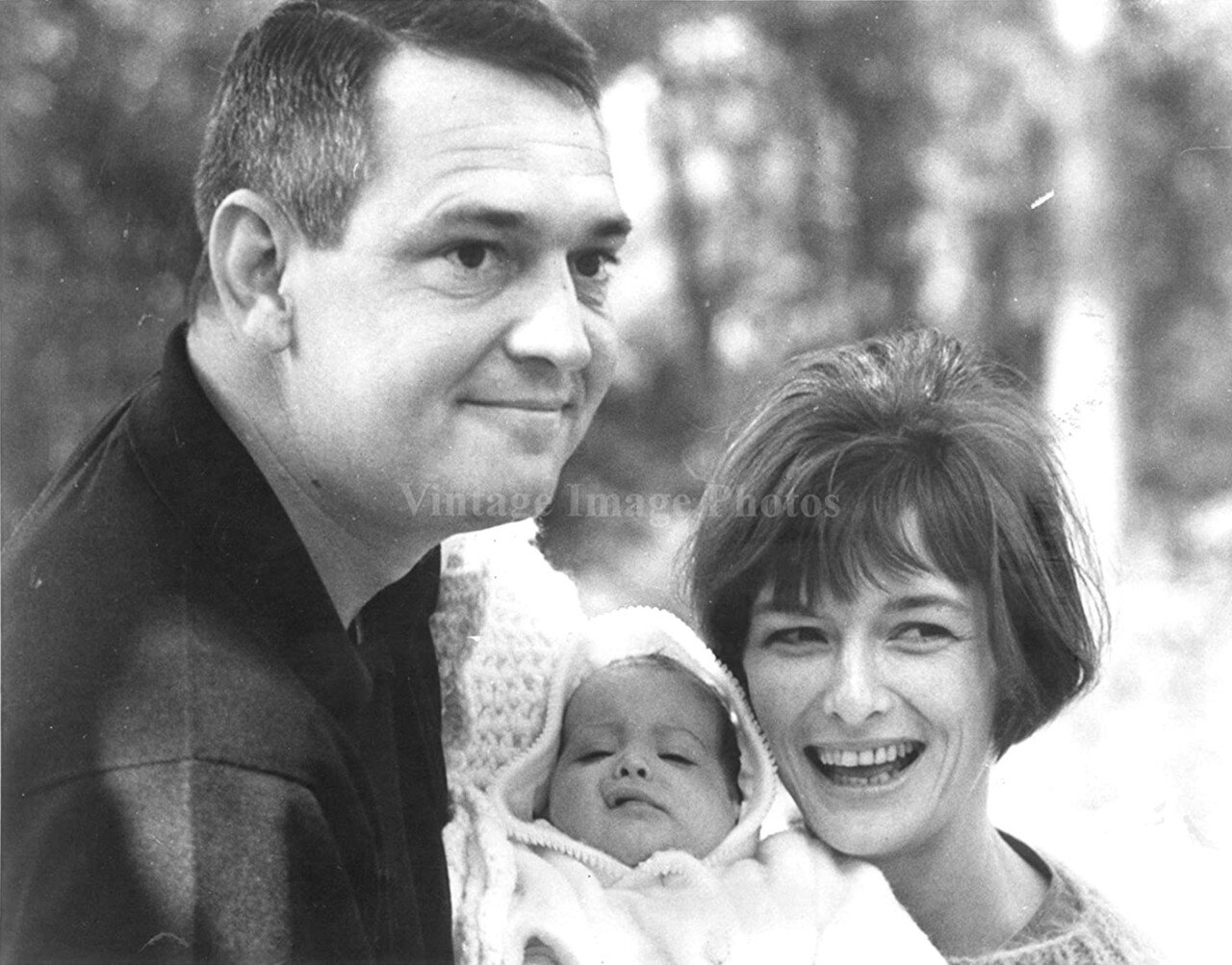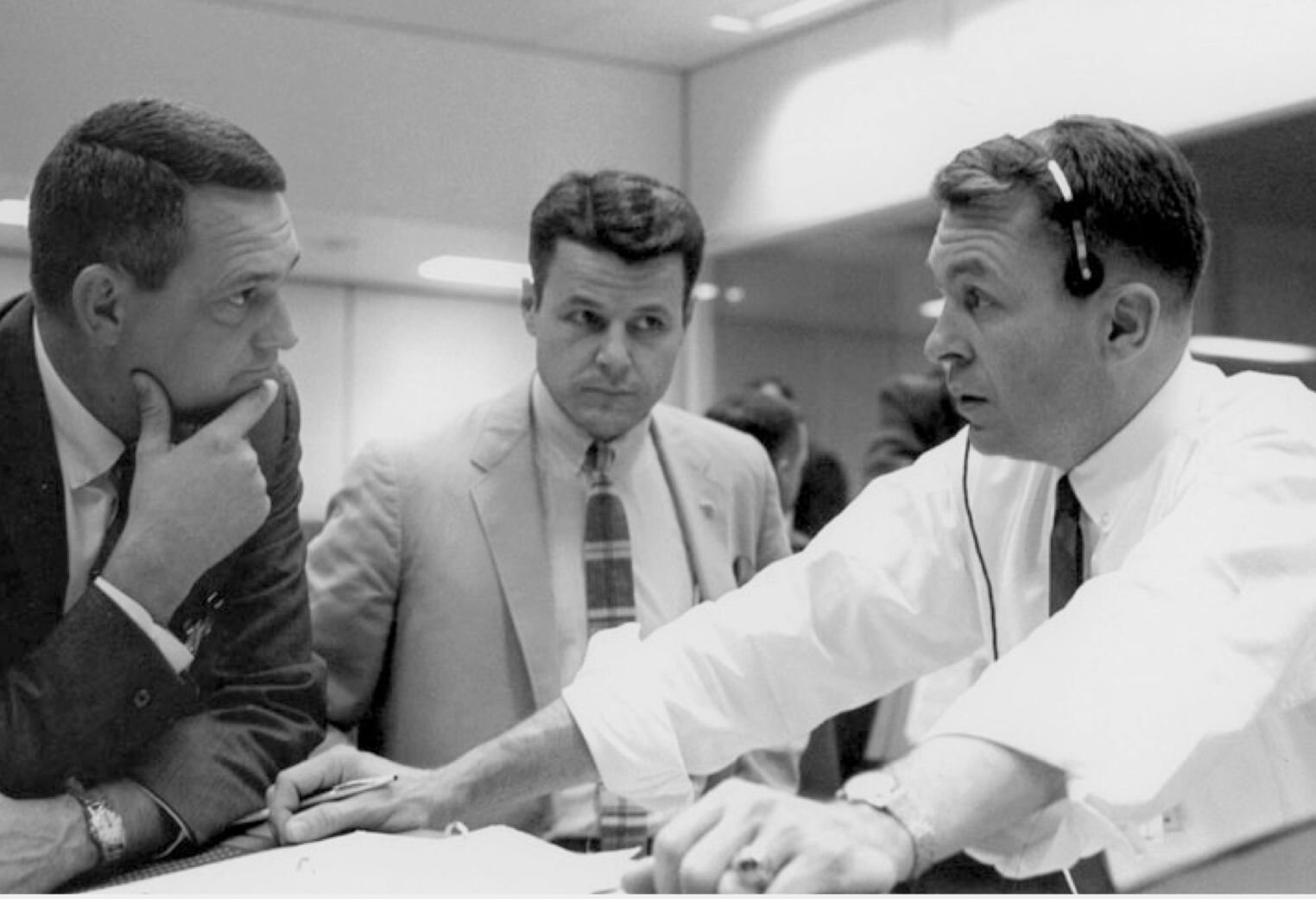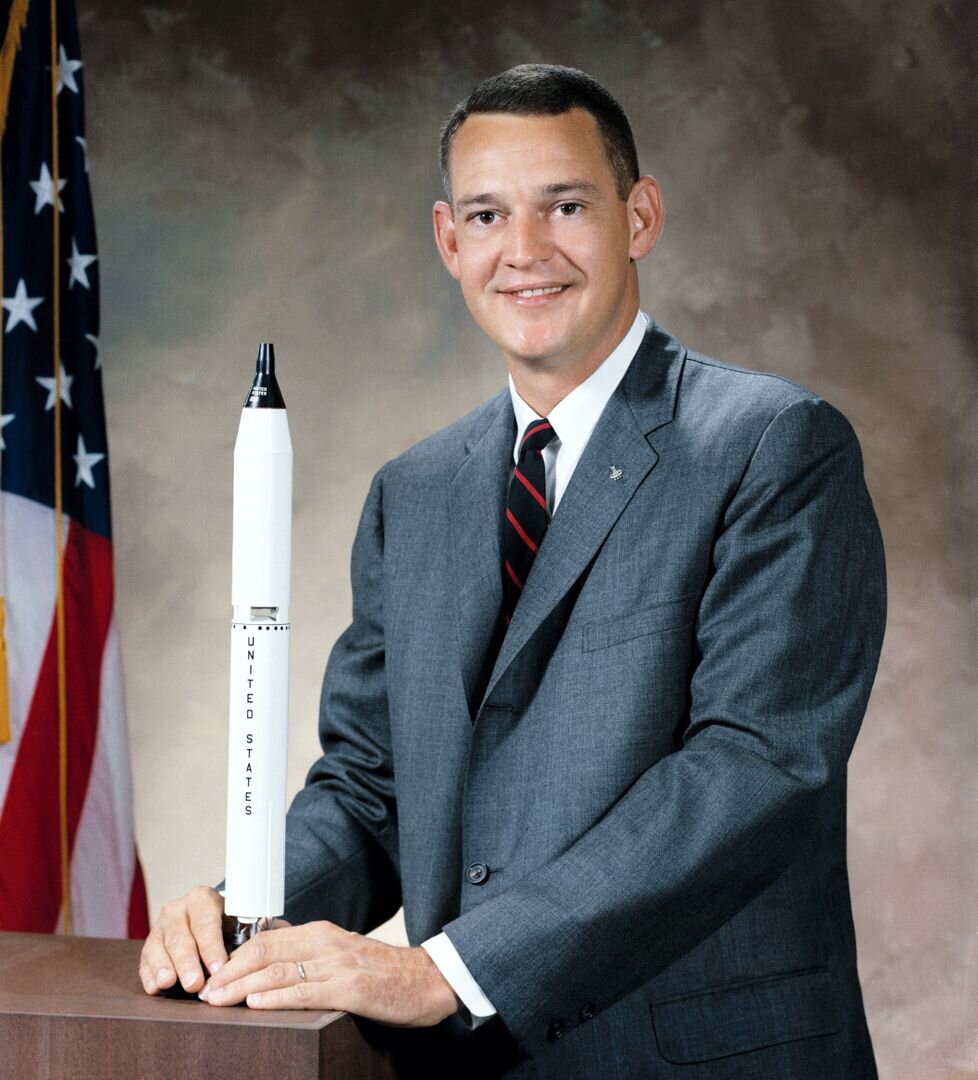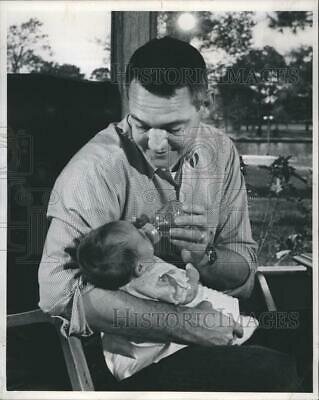Clifton C. Williams Jr.
Early life and education
Williams was born on September 26, 1932, in Mobile, Alabama, to parents Clifton Curtis Williams Sr. (1909–1968) and Gertrude (née Medicus) Williams (1913–2002).[3] He had a younger brother, Richard, born in 1935.[4] Williams was active in the Boy Scouts of America, where he achieved its second-highest rank, Life Scout.[5] Williams attended Murphy High School in Mobile, graduating in 1949. For the next two years he attended Spring Hill College, studying medicine,[4] but transferred to Auburn University, from where he received a Bachelor of Science degree in mechanical engineering in 1954.[3]
Flight experience
Upon graduation in 1954, he received his commission in the U.S. Marine Corps through the Naval Reserve Officer Training Corps (Navy ROTC) on August 9, 1954, and subsequently reported to The Basic School at Marine Corps Base Quantico, Virginia, and after completing it, he was sent to NAS Pensacola, Florida, for flight training. He became a naval aviator in August 1956, and served with operational tactical jet squadrons of the Fleet Marine Force. He then attended the U.S. Naval Test Pilot School at NAS Patuxent River, Maryland. Following graduation from USNTPS in June 1961, as part of Class 28,[4] he was test pilot for three years in the Carrier Suitability Branch of the Flight Test Division at NAS Patuxent River. His work there included both land-based and shipboard tests of the F-8E, TF-8A, F-8E (attack), and A-4E aircraft and the automatic carrier landing system. In 1962, as project officer on the F-8 Crusader new jet trainer, Williams, then a Captain, became the first pilot to land a two-seat jet on the aircraft carrier from the rear cockpit.[4]
While at NAS Patuxent River, he was selected for the NASA astronaut program in the third group of prospective Gemini and Apollo astronauts in late 1963.[3]
Of the 2,500 hours flying time he accumulated, more than 2,100 hours were in jet aircraft.[3]
NASA career
I'd like to go on every flight. Of course, if you said which mission I would most like to have, I'd say the first lunar flight you make from the standpoint of personal satisfaction and accomplishment.
— Answering the question which mission
he would like to fly.[6]
On October 18, 1963, Major Williams was named by NASA as one of its third group of astronauts, along with thirteen others. This group included Buzz Aldrin, who took part in the first lunar landing in 1969, as well as Roger B. Chaffee, who died in the Apollo 1 fire in 1967.[7]
Williams served as the backup pilot for Gemini 10,[9] which took place in July 1966.[3] Later that year, Pete Conrad chose Williams to be the Lunar Module Pilot on the mission for which Conrad was commander, which would serve as the back-up Apollo 9 crew, and later become Apollo 12.[10] After his death, his position on Conrad's crew was filled by Alan Bean, who had been his commander on the Gemini 10 backup crew.[11]
Marriage and children
Williams was the first bachelor astronaut,[8] which changed when he married Jane Elizabeth "Beth" Lansche,[2][3] a former waterskiing performer at the Cypress Gardens theme park in Florida.[10] Upon the announcement of their engagement, the press feigned disappointment over the loss of the nation's only bachelor astronaut.[2] The couple met in June 1957, and were married on July 1, 1964, in St. Paul's Catholic Church in New Bern, North Carolina, which was Lansche's hometown.[2] The couple had two children. Their first daughter, Catherine Ann, was born on January 6, 1967.[2] Their second daughter, Jane Dee Williams, was born on May 31, 1968, nearly eight months after Williams' death.[2]
Death
On October 5, 1967, Williams was flying from Cape Canaveral back to Houston, with a stop in Mobile to visit his father who was dying of cancer.[1][10] A mechanical failure caused the aileron controls to jam on his T-38 jet trainer near Tallahassee, Florida, causing an uncontrollable aileron roll. The aircraft dove straight down, between pine trees 100 feet (30 m) apart, and crashed without touching them, although it did singe them from a fire caused by the crash. The jet was flying at 22,300 feet (6,800 m) when it performed a sudden roll to the left and dove nearly vertically into the earth at 700 mph (1,130 km/h).[9]
Williams ejected at an altitude of 1,500 feet (460 m), but the aircraft was traveling too fast and too low for the seat to land safely.[10] An Air Force spokesman stated, "The plane disintegrated and the body disintegrated with it."[1][9]
Honors
The Apollo 12 mission patch has four stars on it: one each for the three astronauts who flew the mission, and one for Williams (on Alan Bean's suggestion). Also, his naval aviator wings and silver astronaut pin were placed to rest on the lunar surface in his honor, left there by astronaut Bean during Apollo 12 in 1969.[12]
Williams is buried with full military honors in Arlington National Cemetery.[13] Williams' name appears on NASA's Space Mirror Memorial at the Kennedy Space Center in Florida.[14]
In the 1998 HBO miniseries From the Earth to the Moon, Williams was played by Jim Leavy.[15]
About the T-38
The T-38 was the world’s first supersonic flight trainer. The Northrop T-38A Talon is a pressurized, two-place, twin-engine, jet trainer. Its fuselage is very aerodynamically clean and uses the “area-rule” (“coked”) to improve its supersonic capability. It is 46 feet, 4.5 inches (14.135 meters) long with a wingspan of 25 feet, 3 inches (7.696 meters) and overall height of 12 feet, 10.5 inches (3.924 meters). The one-piece wing has an area of 170 square feet (15.79 square meters). The leading edge is swept 32º. The airplane’s empty weight is 7,200 pounds (3,266 kilograms) and maximum takeoff weight is approximately 12,700 pounds (5,761 kilograms).
The T-38A is powered by two General Electric J85-GE-5 turbojet engines. The J85 is a single-shaft axial-flow turbojet engine with an 8-stage compressor section and 2-stage turbine. The J85-GE-5 is rated at 2,680 pounds of thrust (11.921 kilonewtons), and 3,850 pounds (17.126 kilonewtons) with afterburner. It is 108.1 inches (2.746 meters) long, 22.0 inches (0.559 meters) in diameter and weighs 584 pounds (265 kilograms).
The T-38A has a maximum speed of Mach 1.08 (822 miles per hour/1,323 kilometers per hour) at Sea Level, and Mach 1.3 (882 miles per hour/1,419 kilometers per hour) at 30,000 feet (9,144 meters). It has a rate of climb of 33,600 feet per minute (171 meters per second) and a service ceiling of 55,000 feet (16,764 meters). Its range is 1,140 miles (1,835 kilometers).
Between 1959 and 1972, 1,187 T-38s were built at Northrop’s Hawthorne, California, factory. As of 4 September 2018, 546 T-38s remained in the U.S. Air Force active inventory. The U.S. Navy has 10, and as of 30 October 2018, the Federal Aviation Administration reports 29 T-38s registered to NASA.







